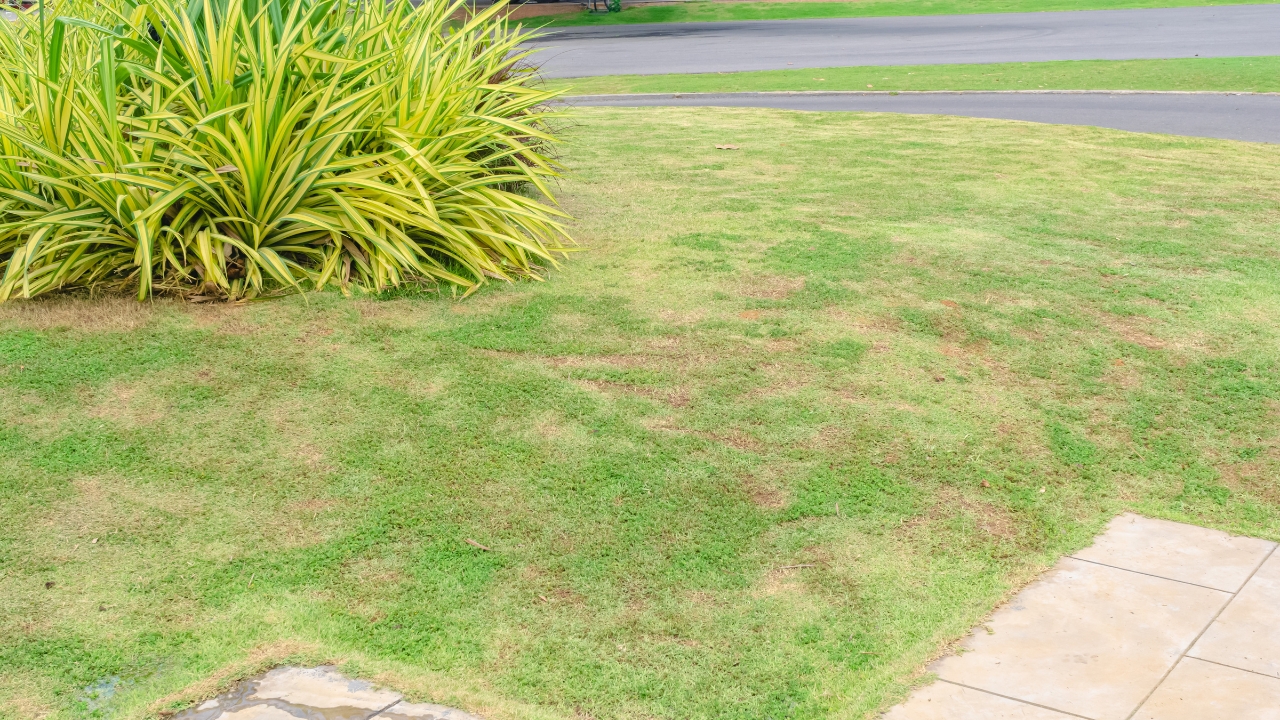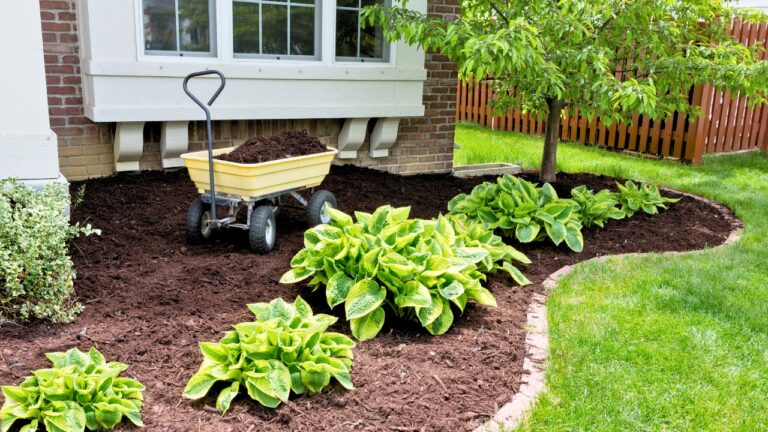10 Grass Problems You Can Actually Fix Yourself
A rough-looking lawn doesn’t always mean you need to tear it all up and start from scratch. Most of the time, the issues are fixable with a little know-how and some elbow grease.
You don’t need a landscaping crew—you just need the right game plan. Here are 10 grass problems you can actually take care of on your own.
Bare Patches
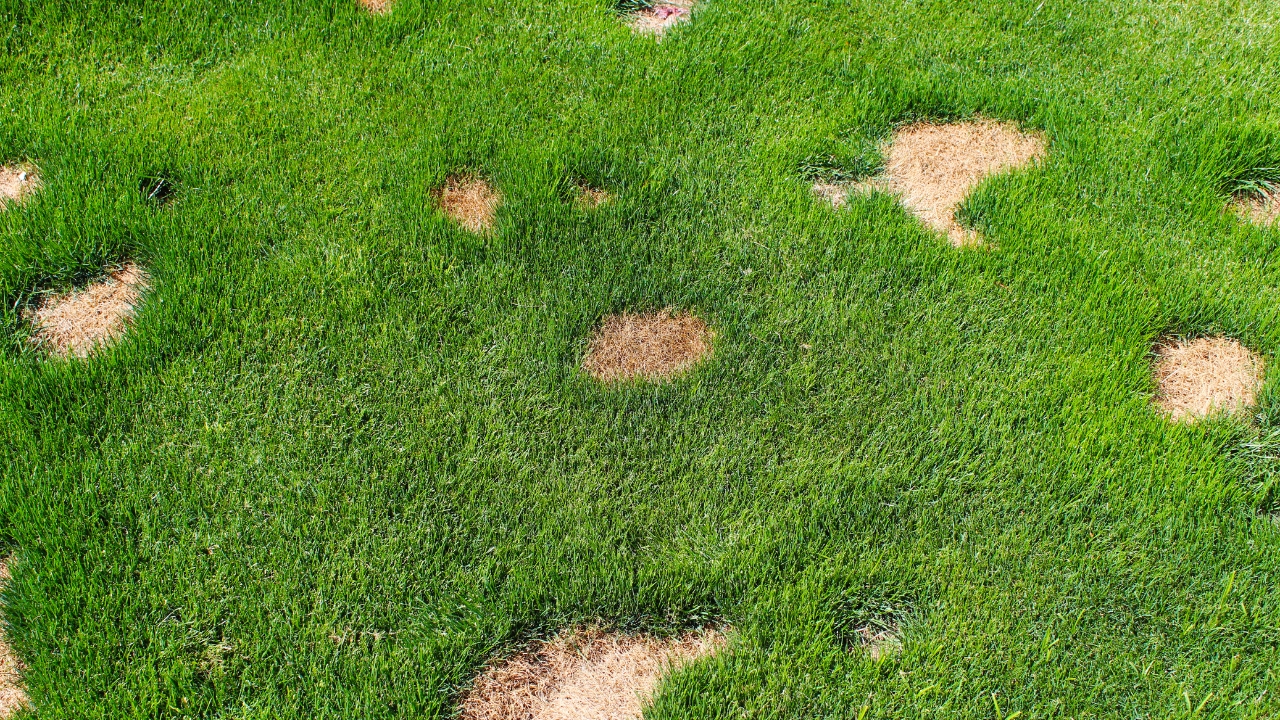
Bare spots are one of the most common issues, and they stick out like a sore thumb. Pets, foot traffic, or even leftover mulch can cause them. The good news is they’re pretty easy to fix.
Rake the area, rough up the soil a little, and overseed with a grass type that matches the rest of your lawn. Keep it moist for a couple of weeks, and you’ll usually see new growth starting to fill in.
Thatch Buildup
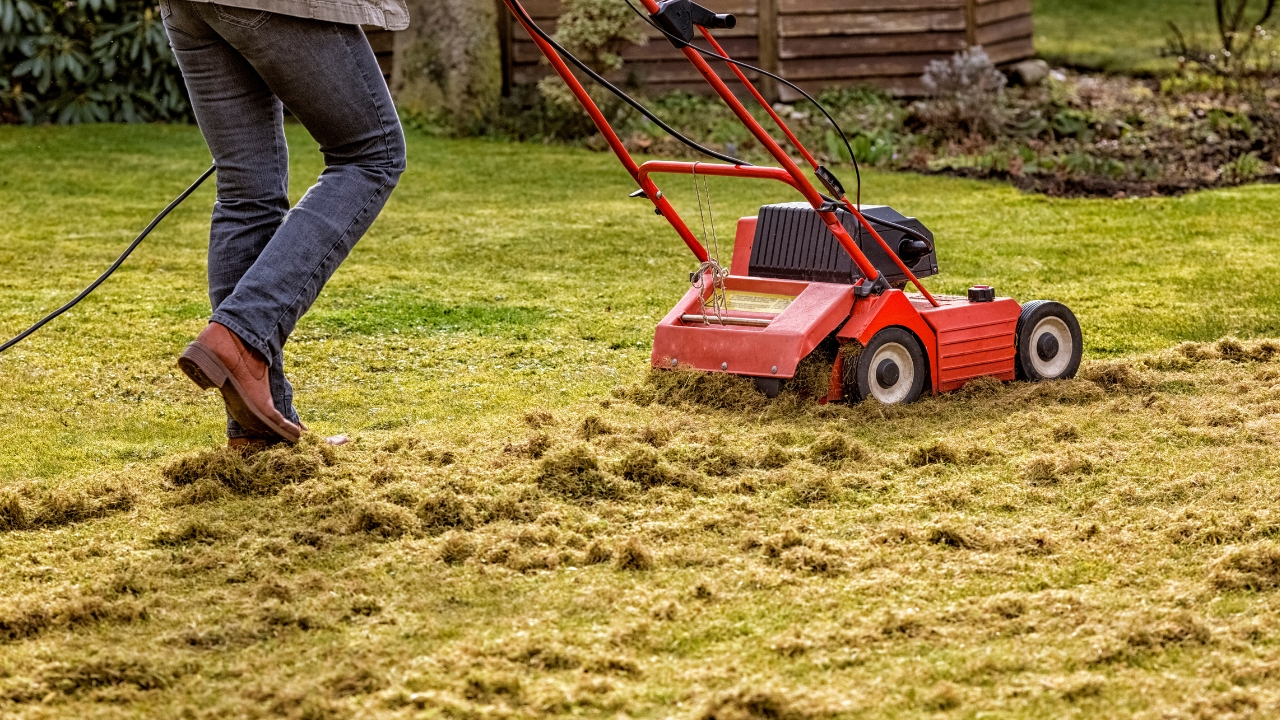
If your lawn feels spongy or water runs off instead of soaking in, you might have a thick thatch layer. Thatch is that dead, matted grass stuck between the soil and new growth.
You can rent a dethatcher or use a stiff rake to break it up. Do it in early spring or fall so your grass has time to recover. Removing thatch helps air, water, and nutrients reach the roots again.
Yellowing Grass
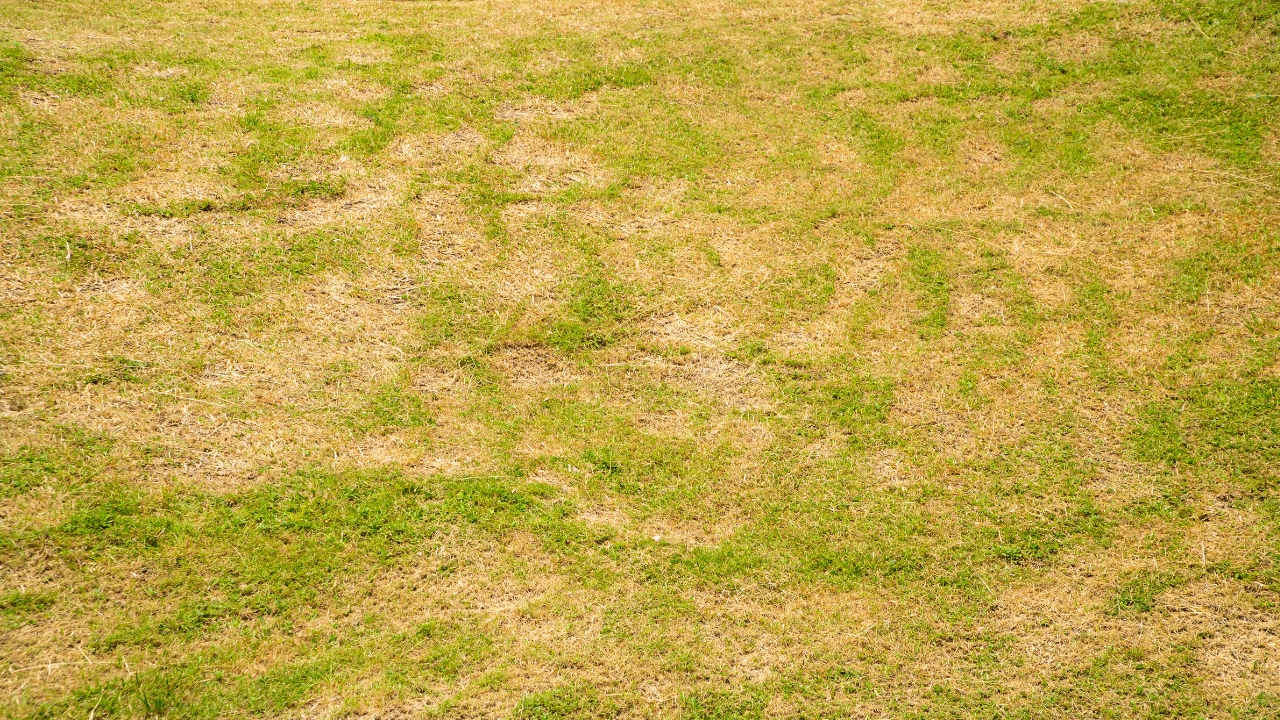
Yellow grass can come from a few things—lack of nitrogen, dog urine, or even mowing too low. Before you start throwing down fertilizer, try to pinpoint the cause.
Test your soil if you haven’t in a while. You might just need a basic nitrogen boost. And if it’s pet-related, flush the area with water and consider training them to go in a different spot.
Weeds Everywhere

Weeds creep in when grass is thin or stressed. Dandelions, crabgrass, and clover can take over fast if you don’t deal with them early on.
Spot-treat with a weed killer made for lawns, and make sure you’re not mowing too short—that weakens the grass and gives weeds room to spread. A healthy, thick lawn will do more to keep weeds out than anything else.
Compact Soil

If your grass looks stunted and water just puddles up, your soil might be too compacted. That makes it hard for roots to grow deep or take in nutrients.
An aerator can fix this fast. You can rent one from a local shop or use a manual version if the area’s small. Core aeration opens up the soil and gives your lawn a fresh start.
Moss Taking Over
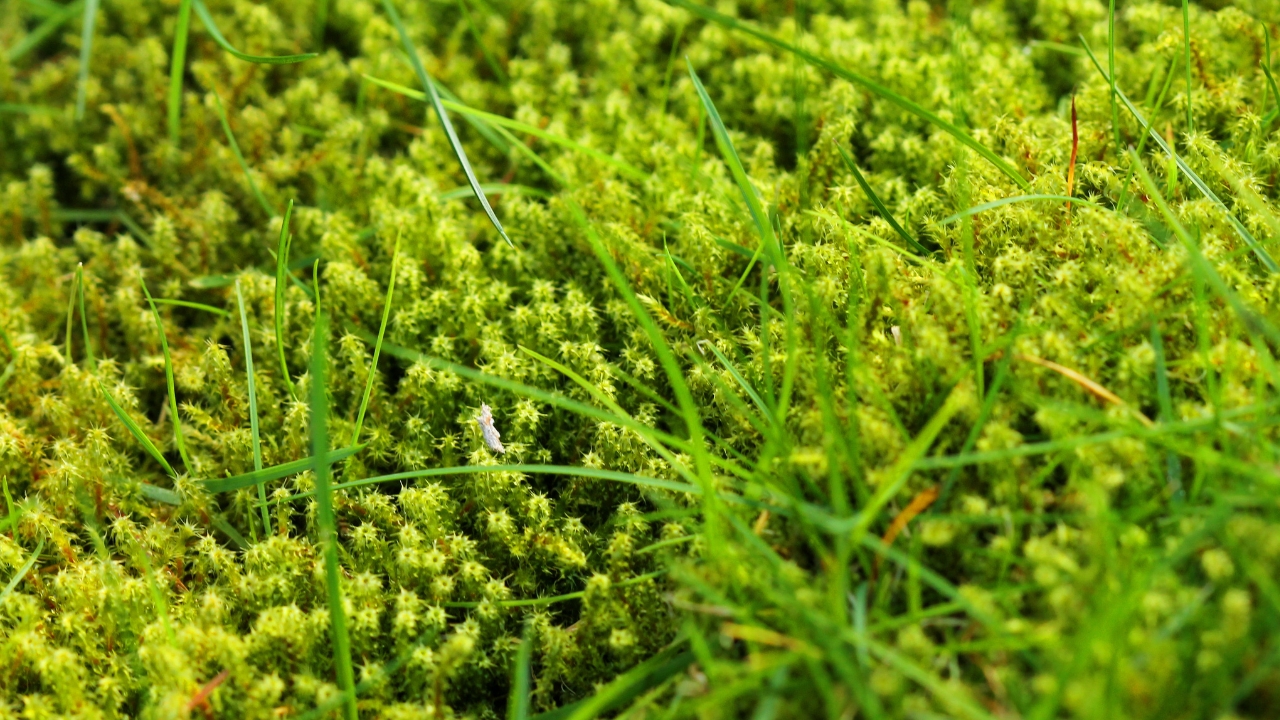
Moss usually shows up in shaded, damp, acidic areas. It’s a sign the grass is struggling, not necessarily the root problem itself.
Improve drainage if water tends to sit there, trim back overhanging branches to get more light, and apply lime to raise the pH if your soil is too acidic. Then reseed with a shade-tolerant grass.
Uneven Color

A patchy, striped lawn that’s light green in some areas and darker in others often comes down to how you’re mowing or watering.
Make sure your mower blades are sharp and you’re overlapping passes. Check your sprinkler coverage too. Inconsistent care leads to inconsistent growth. Sometimes it’s not the grass—it’s the habits.
Fungus Spots

Circular brown patches or rings could be fungus, especially in hot, humid weather. Overwatering and poor airflow make it worse.
Back off on the watering and mow regularly to keep airflow moving through the blades. If it doesn’t clear up, apply a lawn fungicide. Early treatment is key—don’t wait for it to spread.
Grass Won’t Grow in Shade

Some areas just don’t get enough sun for standard grass to thrive. If you keep reseeding the same spot and nothing takes, it might be time to rethink that space.
Try a shade-tolerant mix or even ground cover like clover or moss. You could also mulch it and use it as a planting bed. Don’t keep fighting nature—work with what the area gives you.
Too Much Water

A soggy lawn is a weak lawn. If your yard stays wet for too long, the roots suffocate and fungus becomes a real problem.
Check your irrigation schedule and make sure your sprinklers aren’t running too often. You might need to adjust the grading or add a French drain to move water away from low spots.
*This article was developed with AI-powered tools and has been carefully reviewed by our editors.

